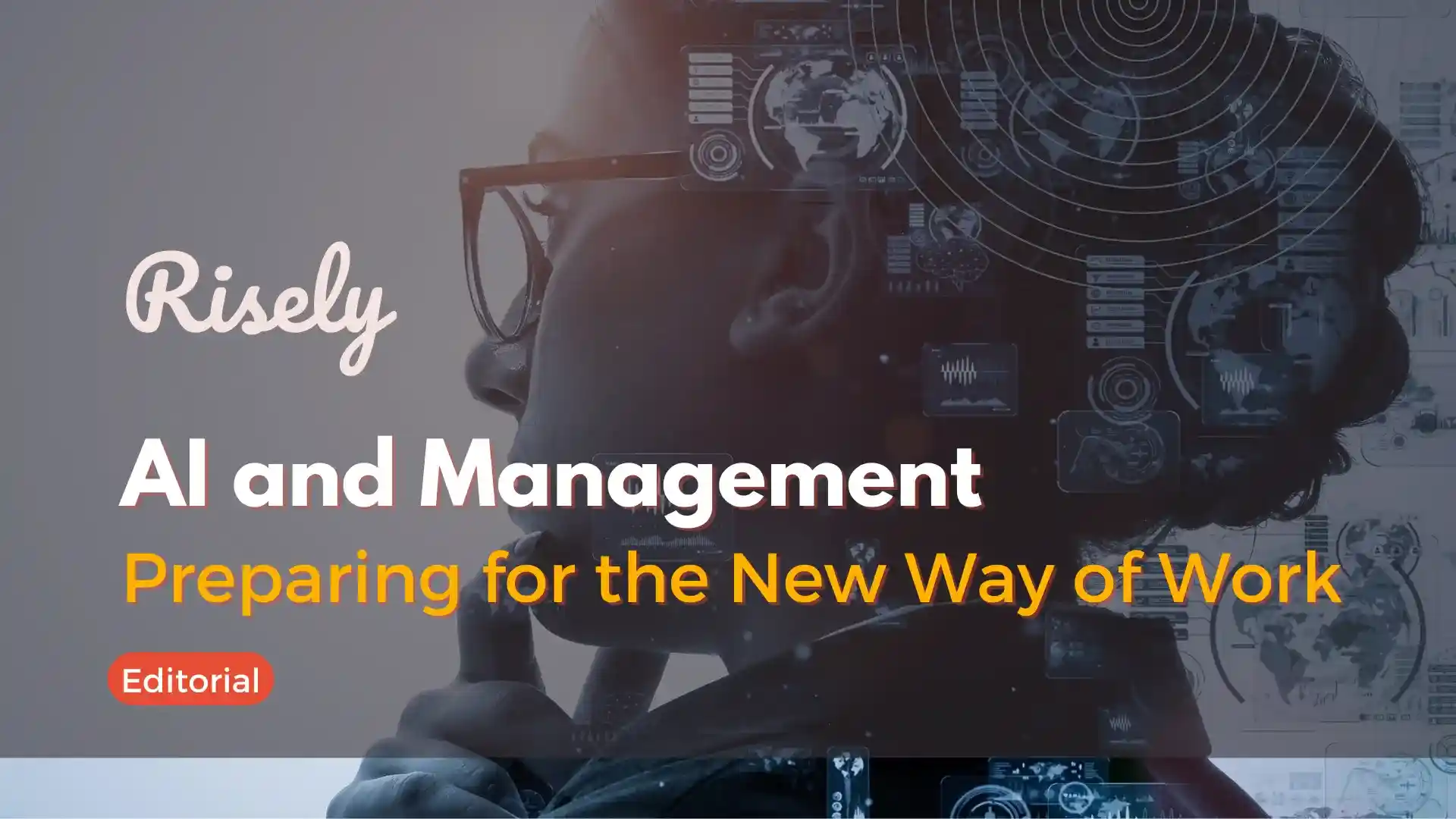Navigating Growth: An In-Depth Example of a Learning and Development Strategy
Pursuing success is intricately linked to the growth and development of its most valuable asset: the workforce. As organizations strive to excel in a dynamic landscape, a well-crafted learning and development strategy emerges as a guiding beacon, illuminating the path toward enhanced skills, engaged employees, and, ultimately, unparalleled achievement. In this blog, we will discuss an example of a learning and development strategy. We will share a strategic blueprint, the example of a learning and development strategy that can transform your talent into a powerhouse of innovation, leadership, and customer satisfaction. Keep reading to uncover how targeted learning methods, innovative content creation, and effective resource allocation have synergized to cultivate a culture of continuous learning.What is a learning and development strategy?
A learning and development strategy is a comprehensive plan that outlines an organization’s approach to enhancing its employees’ skills, knowledge, and competencies. This strategy aligns with the organization’s goals and aims to create a skilled and adaptable workforce that contributing to overall business success. It involves identifying learning needs, designing training programs, implementing initiatives, and evaluating their effectiveness. A well-crafted learning and development strategy helps organizations nurture a skilled, motivated, and agile workforce that can successfully navigate challenges and contribute to the organization’s growth and success.Key areas that learning and development strategies can improve
Learning and development strategies can positively impact various key areas within an organization, fostering growth, efficiency, and overall success. Some key areas where learning and development strategies can make a significant improvement:- Employee performance and productivity: Well-designed training programs enhance employees’ skills and knowledge, improving job performance and increasing productivity.
- Employee engagement and retention: Opportunities for learning and growth contribute to higher job satisfaction, engagement, and retention rates.
- Leadership development: Learning and development initiatives cultivate future leaders by providing them with the necessary skills and knowledge to take on leadership roles.
- Talent acquisition and onboarding: A strong learning and development strategy can attract top talent by showcasing the organization’s commitment to employee growth and professional development.
- Innovation and adaptability: Continuous learning encourages innovation by equipping employees with the skills to adapt to changing technologies and market trends.
- Employee morale and motivation: Providing opportunities for skill enhancement and career advancement boosts employee morale and motivation.
- Workforce diversity and inclusion: Learning initiatives that address diversity and inclusion topics help create a more inclusive work environment.
- Employee well-being: Including well-being programs in the learning and development strategy promotes physical and mental health among employees.
- Succession planning: A well-executed learning and development strategy prepares employees for future roles and supports succession planning.
- Career pathing: Employees can see clear pathways for career advancement within the organization through targeted learning opportunities.
Other Interesting Reads
Importance of learning and development strategy
The importance of a learning and development strategy cannot be overstated in today’s work culture. Key reasons why having a robust learning and development strategy is crucial for organizations:- Employee skill enhancement: A well-designed strategy equips employees with the skills and knowledge they need to excel in their roles, fostering individual growth and improving job performance.
- Adaptation to change: In a world of constant technological advancements and market shifts, learning and development strategies help employees stay current and adaptable to changes.
- Efficiency and productivity: A skilled workforce is more efficient, improving productivity and overall organizational success.
- Risk mitigation: Training on compliance, ethics, and safety protocols reduces the risk of legal violations and workplace incidents.
- Cross-functional collaboration: Learning initiatives encouraging employees from different departments to enhance teamwork and effectiveness.
- Organizational resilience: Learning strategies prepare employees to handle challenges, crises, and disruptions, contributing to the organization’s resilience.
- Customer satisfaction: Employees with well-honed skills, especially in customer service, lead to better customer interactions and higher customer satisfaction.
- Strategic alignment: A well-crafted strategy aligns learning initiatives with the organization’s goals, ensuring that training efforts contribute to business success.
Example of a learning and development strategy
An example of a learning and development strategy for a hypothetical company: Step 1: Assess organizational needs- Conduct surveys and interviews with employees and managers to identify skill gaps and training needs.
- Analyze performance evaluations to pinpoint areas for improvement.
- Objective 1: Enhance the technical skills of software developers.
- Objective 2: Strengthen leadership skills for middle managers.
- Objective 3: Improve communication skills for customer support teams.
- Ensure learning objectives align with the company’s goal of delivering innovative solutions, fostering effective leadership, and providing exceptional customer service.
- Software developers for technical training.
- Middle managers for leadership training.
- Customer support teams for communication training.
- Technical training: Coding workshops, online tutorials, hackathons.
- Leadership training: Leadership retreats, mentoring sessions, role-playing scenarios.
- Communication training: Communication workshops, simulated customer interactions.
- Create technical training modules on the latest programming languages and tools.
- Design leadership content covering decision-making, conflict resolution, and team building.
- Develop communication training materials on active listening, empathy, and handling difficult conversations.
- Allocate the budget for training materials, trainers, technology, and venues.
- Procure necessary software and tools for technical training.
- Launch technical training workshops in Q1.
- Conduct leadership retreats in Q2.
- Schedule communication workshops in Q3.
- Regularly assess participants’ progress through quizzes and assessments.
- Collect feedback during and after each training session.
- Gather learner feedback through surveys, focus groups, and one-on-one discussions.
- Analyze feedback to identify strengths and areas for improvement.
- Modify training content based on feedback and assessment results.
- Incorporate suggestions for enhancing training effectiveness.
- Calculate ROI by comparing improved technical proficiency, leadership effectiveness, and customer satisfaction against training costs.
- Based on feedback, assessment results, and ROI analysis, refine the strategy for the next cycle, incorporating new technologies and methodologies as appropriate.
Conclusion
As we conclude our blog on an example of a learning and development strategy, we are reminded of the transformative power a well-crafted approach to employee growth can have on an organization. Through the lens of this strategy, we have witnessed how a concerted effort to assess, plan, and execute can reshape not only individual skill sets but also the very fabric of company culture. The journey through defining objectives, choosing methods, developing content, and gathering feedback has illuminated the intricate web that connects employee empowerment to business success. From technical prowess to leadership finesse, from communication excellence to innovative thinking, every aspect of the strategy we explored is instrumental in reshaping a company and its workforce.Ace performance reviews with strong feedback skills.
Master the art of constructive feedback by reviewing your skills with a free assessment now.
Other Related Blogs
AI and Management: Preparing for the New Way of Work
AI and Management: Preparing for the New Way of Work Nearly a century ago, celebrated economist Keynes remarked, “We are being afflicted with a new disease – technological unemployment.” As…
How to develop the 8 Conceptual Skills every Manager needs?
How to Develop the 8 Conceptual Skills Every Manager Needs? It’s no secret that success in any professional field hinges on thinking critically, strategically, and creatively. That’s where conceptual skills…
Why Do Managers Need Skill Development And Training? 6 Top Ways
Why Do Managers Need Skill Development And Training? 6 Top Ways Managers in the office have a lot of responsibilities, and it can be challenging to keep up with everything.…
How To Develop Managerial Skills Using Self-Help Methods?
How To Develop Managerial Skills Using Self-Help Methods? Every manager wants to excel at their job. However, at times you might feel ill-equipped to deal with certain situations. But worry…


